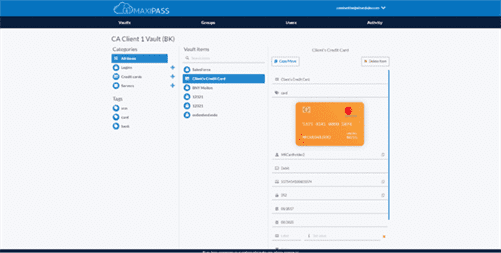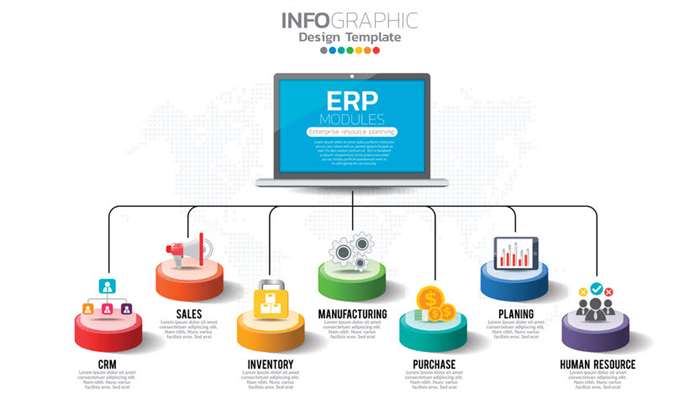System Development Life Cycle SDLC Leave a comment
Perhaps most importantly, the planning stage sets the project schedule, which can be of key importance if development is for a commercial product that must be sent to market by a certain time. After training, systems engineers and developers transition the system to its production environment. This is the phase of the system development life cycle where the actual work begins. Initially, a flowchart is created to ensure the organization of the process of the system. The second phase of the system development life cycle is also the point where system analysis takes place and the functional requirements of the project are also considered. Furthermore, by considering the costs, benefits, time, and resources, a company finds out about the scope of the problem as well as determines the solutions in this phase of SDLC.

Proper planning and execution are the key components of a successful software development process. Software Development Life Cycle (SDLC) is the common term to summarize these 6 stages. The iterative process suggests that teams begin software development with a small subset of requirements. Then, they iteratively enhance versions over time until the complete software is ready for production.
Agile Development Methodologies
The system development life cycle is a project management model that defines the stages involved in bringing a project from inception to completion. Software development teams, for example, deploy a variety of system development life cycle models you may have heard of like waterfall, spiral, and agile processes. In those days, teams were small, centralized, and users were ‘less’ demanding.

These problems may appear unstructured; however, problems are usually connected, allowing the designer to overcome them by the end of the process. Lack of control over the system changes due to a working version’s fast turn-around to address users’ issues. Regression Testing – verifies that software that was previously developed and tested still performs correctly after it was changed or interfaced with other software. The testing is continued until the end-user finds it acceptable and it may be repeated to check for interoperability, errors, and bugs. Additionally, validation and verification are also done during this phase ensuring the program’s successful completion. This is the phase where the company will work on the need for the change or the source of the problem.
Software Quality
It lacks the thorough requirements definition stage of the other methods. An extension of the waterfall model, this SDLC methodology tests at each stage of development. At this stage, the goal is to deploy the software https://www.globalcloudteam.com/ to the production environment so users can start using the product. However, many organizations choose to move the product through different deployment environments such as a testing or staging environment.
- The objective of this study is to analyze the company status, define problems and constraints, define purpose, and define the scope and boundaries.
- Structured Analysis and Design Technique (SADT) – helps people describe and understand systems through a diagrammatic notation.
- The system integration and system testing are done in the fifth phase of the system development life cycle.
- Crucially, the planning stage involves analysis of the resources and costs needed to complete the project, as well as estimating the overall price of the software developed.
- For projects with clear requirements where testing is important, it can be useful.
- Several pitfalls can turn an SDLC implementation into more of a roadblock to development than a tool that helps us.
- The first phase is the evaluation of the existing, or current, system.
Before releasing the mockups into final production, you’ll need to test it to ensure it is free of bugs and errors. You’ll also need to manage how the system will integrate into existing systems, software, and processes. Once you’ve got your design plans in front of you, it’s time for wireframing and mockups. This step builds upon the planning stage, building out the tasks you need to do in the work breakdown schedule.
Stage 3: Design
With that in mind, Intellectsoft’s best experts have created a complete guide to the system development life cycle. You’ll learn about its core meaning and phases, major software engineering methodologies, and the most important benefits it can provide during project development. The new seven phases of SDLC include planning, analysis, design, development, testing, implementation, and maintenance.

The agile model arranges the SDLC phases into several development cycles. The team iterates through the phases rapidly, delivering only small, incremental software changes in each cycle. They continuously evaluate requirements, plans, and results so that they can respond quickly to change. The agile model is both iterative and incremental, making it more efficient than other process models. The development team combines automation and manual testing to check the software for bugs.
TMap (Test Management Approach)
Take a look at our top 10 best practices for software testing projects for more information. A system development life cycle or SDLC is essentially a project management model. It defines different stages that are necessary to bring a project from its initial idea or conception all the way to deployment and later maintenance. The biggest difference between the lean methodology and the other methodologies is that the system’s full set of requirements is unknown when the project is launched.

Once when the client starts using the developed systems, then the real issues come up and requirements to be solved from time to time. Once the requirement analysis is done, the next stage is to certainly represent and document the software requirements and get them accepted from the project stakeholders. The system analyst is a person who is thoroughly aware of the system and guides the system development project by giving proper directions. He is an expert having technical and interpersonal skills to carry out development tasks required at each phase.
Extra: Software Maintenance
Phase 4 of the systems development life cycle is when code is written for the desired features and operations. Programming tools like compilers, interpreters, and language are used for coding. A key methodology in the creation of software and applications is the systems development life cycle (SDLC). There are many phases involved in the systems describe system development life cycle development life cycle. Regardless of the process implemented and the tools used, all require the crucial element of documentation to support findings, close iterative phases, and to analyze success. Today’s increasing demand for data and information security also factor into the overall planning, training, testing, and deployment of a system.
There is a lot of literature on specific systems development life cycle (SDLC) methodologies, tools, and applications for successful system deployment. This article will provide an in-depth analysis of the history, definition, phases, benefits, and disadvantages, along with solutions that support the system development life cycle. DevSecOps is the practice of integrating security testing at every stage of the software development process. It includes tools and processes that encourage collaboration between developers, security specialists, and operation teams to build software that can withstand modern threats. In addition, it ensures that security assurance activities such as code review, architecture analysis, and penetration testing are integral to development efforts. In most use cases, a system is an IT technology such as hardware and software.
System Development Life Cycle:
Then based on the assessment, the software may be released as it is or with suggested enhancement in the object segment. Once the software is certified, and no bugs or errors are stated, then it is deployed. During this stage, unit testing, integration testing, system testing, acceptance testing are done. This allows any stakeholders to safely play with the product before releasing it to the market.
